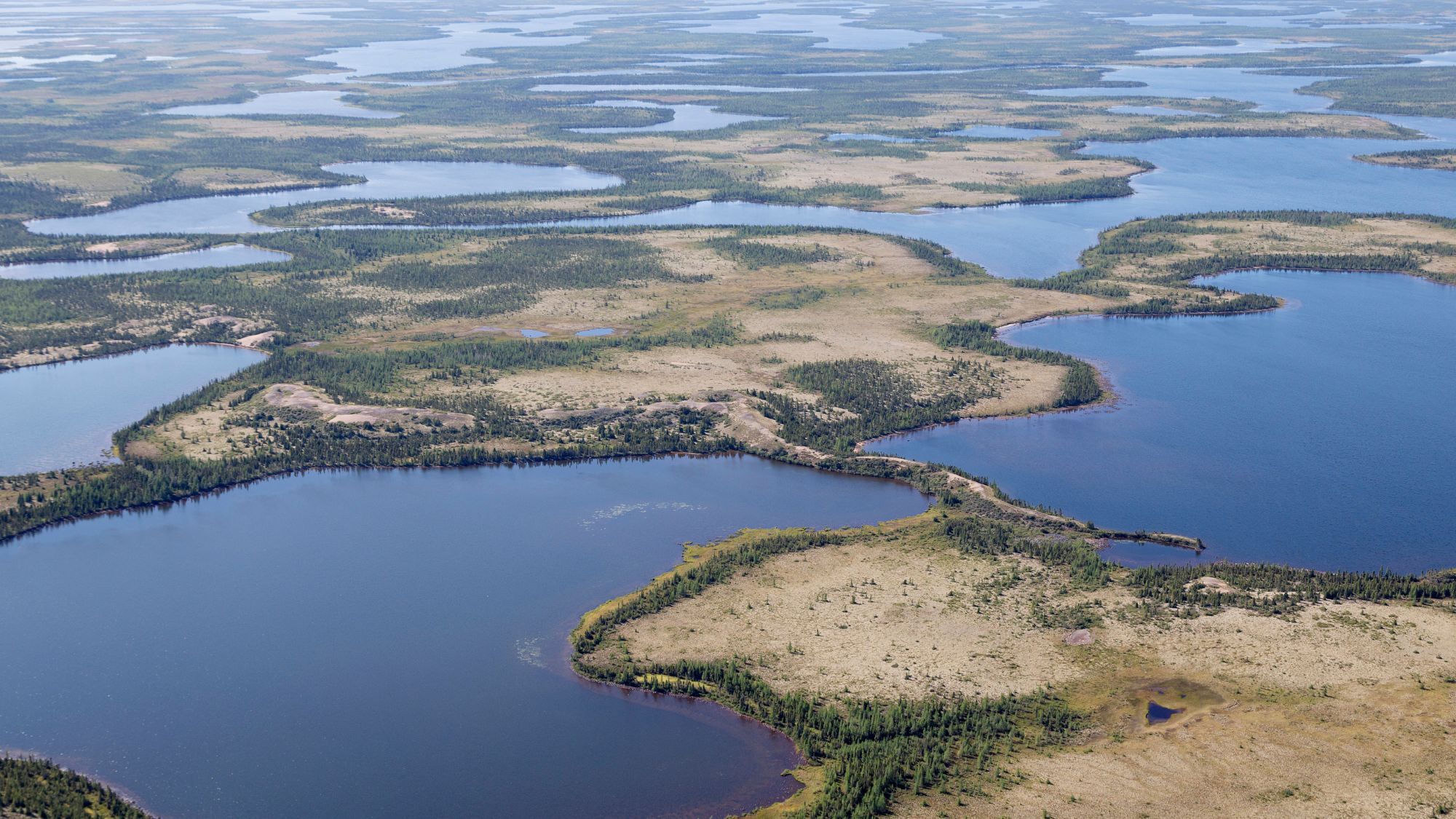Bioethics: Should the mammoth live again?
Researchers have nearly finished sequencing the genome of the woolly mammoth, raising the prospect of the species being brought back to life.
“Michael Crichton would have been proud,” said Ewen Callaway in NewScientist.com. The author of Jurassic Park, in which scientists use ancient DNA fragments to repopulate the world with living dinosaurs, had been dead only two weeks when his dream—or his nightmare—started coming true. Researchers this week announced that they have nearly finished sequencing the genome of the woolly mammoth, extinct these last 10,000 years, raising the prospect of the species being brought back to life. “It could be done,” said Penn State biochemist Stephan Schuster, coauthor of the new research. “I would be surprised to see if it would take more than 10 or 20 years to do it. The question is, just because we might be able to do it one day, should we do it?”
Now there’s the $64,000 question, said The New York Times in an editorial. Let’s remember that these great beasts used to roam “the frigid wastes of Siberia and North America,” habitats now rapidly disappearing thanks to global warming. Any mammoth scientists did create would therefore be sentenced to spending his life as “a zoo freak,” lumbering around by his lonesome in an artificially cooled diorama. Not that we wouldn’t go and see it. We would. But “we’re just not sure it would be all that much fun for the mammoth.” If you think the plight of zoo animals presents a knotty moral problem, said Nicholas Wade, also in the Times, imagine viewing a zoo exhibit of knuckle-dragging proto-humans with sloping foreheads. Scientists are also very close to completing the full genome of Neanderthal Man, our ancient hominid relatives, and “if the mammoth can be resurrected, the same would be technically possible for Neanderthals.”
If you look at this moral dilemma properly, said syndicated columnist Dale McFeatters, we actually have an obligation to give mammoths another chance at life. We wouldn’t even be having this debate if our ancestors hadn’t “hunted them to extinction in the first place.” Bringing the mammoth back to life would be “our way of apologizing.” There’s also a good selfish reason for pursuing this new frontier in science, said the London Guardian. The very techniques that would let us resurrect the mammoth would also let us provide cloned replacements for our own diseased or damaged body parts. That prospect may have a grotesque and futuristic ring to it, but as any mammoth or Neanderthal would probably tell you, anything beats extinction.
The Week
Escape your echo chamber. Get the facts behind the news, plus analysis from multiple perspectives.

Sign up for The Week's Free Newsletters
From our morning news briefing to a weekly Good News Newsletter, get the best of The Week delivered directly to your inbox.
From our morning news briefing to a weekly Good News Newsletter, get the best of The Week delivered directly to your inbox.
A free daily email with the biggest news stories of the day – and the best features from TheWeek.com
-
 Heavenly spectacle in the wilds of Canada
Heavenly spectacle in the wilds of CanadaThe Week Recommends ‘Mind-bending’ outpost for spotting animals – and the northern lights
-
 Facial recognition: a revolution in policing
Facial recognition: a revolution in policingTalking Point All 43 police forces in England and Wales are set to be granted access, with those against calling for increasing safeguards on the technology
-
 Codeword: December 14, 2025
Codeword: December 14, 2025The daily codeword puzzle from The Week